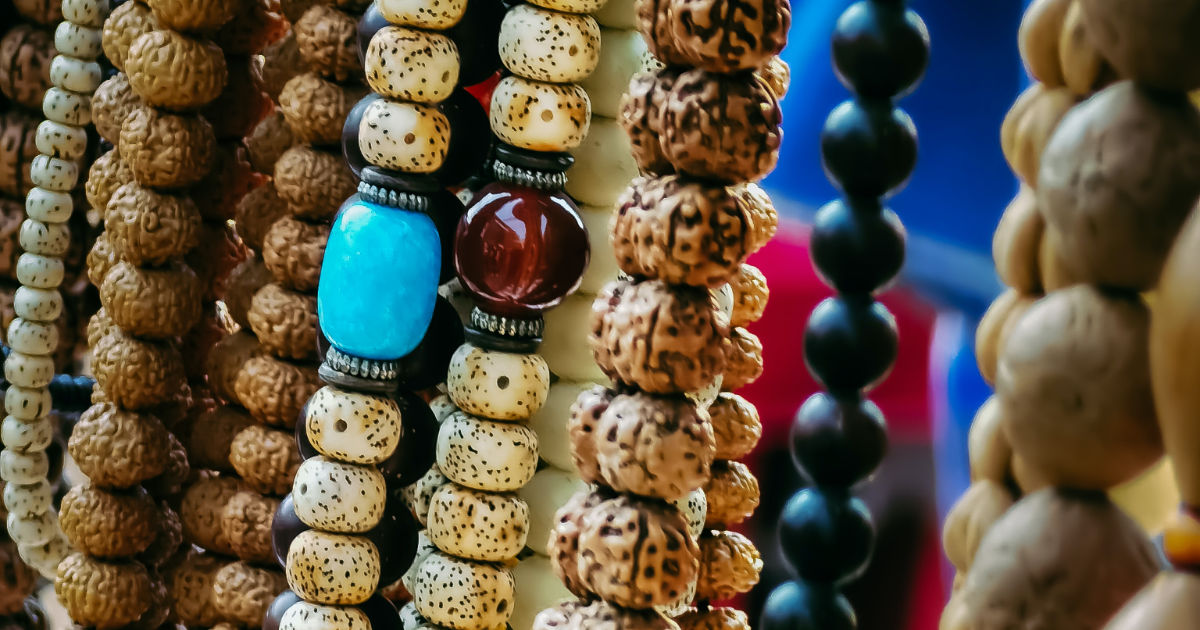Swamiji visited Hamburg in 1968. He said, “Yoga was the union between individual consciousness and divine consciousness. Yoga was not a religion, but a science, which when practiced brings tranquility within. Yoga is an act through which we go inwards, that is all; it is a process of communion with one’s inner self to unite the two different personalities.”
He further stressed the importance of Japa Yoga in Stuttgart. He said, “Japa Yoga was the shortest way to inner tranquility. A constant remembrance of God thins out mental depression and brings about peace of mind.”
Japa Yoga
I am now going to write how he explained Japa Yoga. Japa is a method of spiritual communion through the repetition of mantra. By continued repetition one creates certain vibrations in one’s system. Mantra repetition purifies the physical body and fills the mind with spiritual vitality. The practice of japa frees one from tensions and a host of mental issues. According to saints, repetition of the mantra gives perfect knowledge of God and is the best medium for communion with God. Japa must be practiced before meditation.
Japa is practiced in a particular way. Use only three fingers, the thumb, the third and fourth. Hold the mala close to you at the level of the heart. The second and the fifth fingers are not used. This is the first rule. The second is that you rotate the mala forward, not backward. The third is that when you complete the mala and arrive at the Sumeru, be careful not to cross it. This removes the chance of mechanical rotation and absent mindedness. The large bead is called Sumeru and it is the point of revival.
The japa leads to constant observation and bead to bead awareness of the mantra and moment to moment awareness of the japa process. While practicing japa, you can concentrate on the form of the mantra, on the sound vibrations of the mantra, on the garden deity of the mantra or else you remain aware that you are meditating.
What mala to use?
It is easier to chant with a mala. The Christians use a rosary. There are many different kinds of mala, such as Tulsi (sacred basil), sphatak (crystal), Chandan (sandalwood) and Rudraksha mala. Tulsi mala must be handled with a pure heart as it is a very sensitive mala. Sphatak mala is very effective for Devi mantras. Sandalwood mala promotes tranquility and protects one from the evil eye. Rudraksha mala has occult significance, Rudra means Shiva and Aksha means eye. Rudraksha means the eye of Shiva, the eye of intuition.
Aim Hrim Klim

